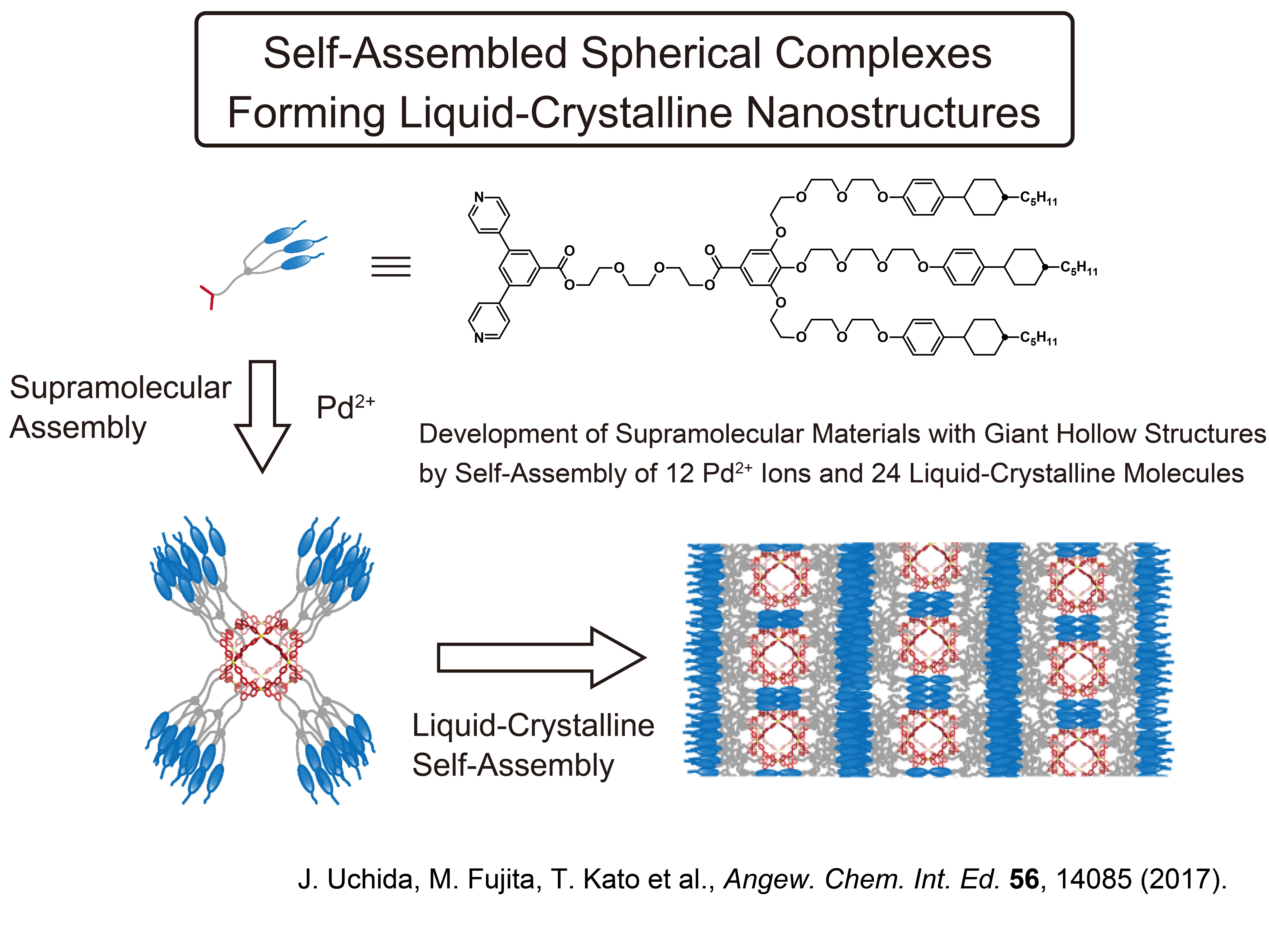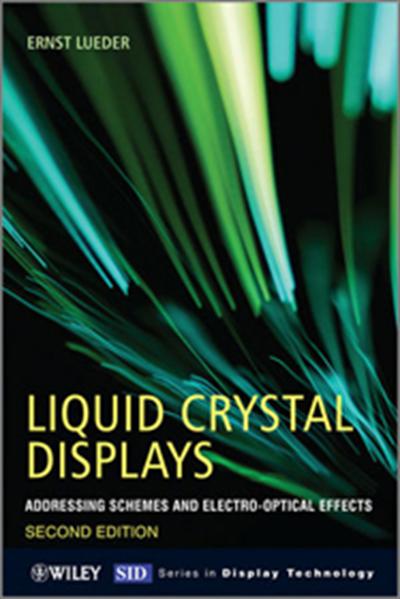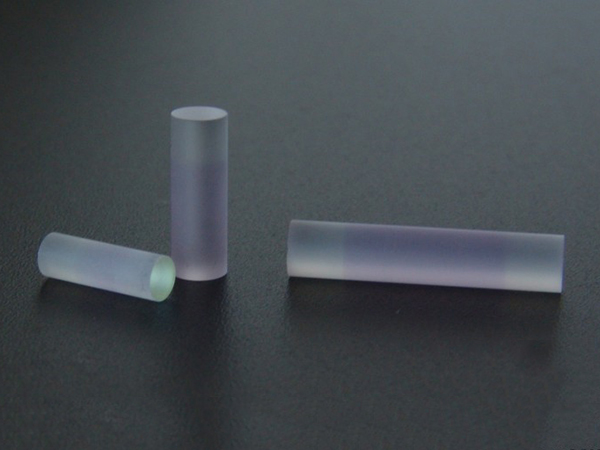


If the polarizer is off centered or isn’t rotated 90 degrees to the other one there will be a blurry if not black picture. With polarizers, the chemistry is all about allowing light to pass through and reflecting light that isn’t aligned with it. Polarizers were originally made of microscopic herapathite crystals but now they are made of polyvinyl alcohol plastic with iodine doping. The chemistry involved with liquid crystal is using the proper amount of heat/electricity to get the liquid crystal state.

This creates a precipitate which is heated to 690 oC which gives the final product V2O5. The ph is raised on this to about 2 to 3 using H2SO4. It is made by taking a vanadium rich ore and is mixed with Na2CO3. An example of a lab made liquid crystal is Vanadium(V) oxide. When they push it out, the silk is liquidy but it then turns into a solid. One example of liquid crystal in nature is spider webs. Liquid crystals can be man made and they can also be apart of nature. Always in LCDs the polarizers are 90 degrees of each other. It is a perfect for liquid crystal displays because when the light passes through the liquid crystal it flips it 90 degrees so it can go through the second polarizer. Instead of turning light on and off inside of a monitor, they just line up the light that is already there. The reason that they are more commonly used in displays now is because they require less power to run. Their main purpose is for cameras when they were first invented but now they are used in displays also. They were first developed in 1929 by Edwin H. They are very good at lining up light and giving smooth results. Polarizers are basically a very small grid that is used for cameras and displays. So only vertical light can go through vertical polarizers and vice versa for horizontal polarizers. Polarizers work by only allowing light that is moving the same way that it is made. You can find Liquid crystal in Liquid Crystal Displays or LCDs. Another reason it is used in displays is because it requires less power to run than a CRT.

It is allowed to be thinner because instead of projecting light onto the screen it just organizes light that is already there. The reason that liquid crystal is used in displays is because it allows the monitor to be thinner compared to CRTs (those big bulky “old school” tvs). The first time liquid crystal was used in displays was in 1962. It was first discovered in 1888 by Friedrich Reinitzer. It is good for displays because in the liquid crystal state light gets organized from the liquid crystal and prints out a very crisp looking picture. It allows light to pass through when it needs to and when it doesn’t it blocks the light. Liquid crystal is a state of matter that has a crystal-like molecular structure. So it’s not really my life that they are directly affecting, it’s our world as a whole that is impacted by it. Everywhere you go now you can probably find a screen or monitor of some type. LCDs haven’t specifically changed how I live it’s more of a general usage of monitors/displays. I chose to do research on monitors (or well in this case LCDs) because in the modern world you can hardly find a building that doesn’t have a single display of some kind inside so I thought it would be interesting to find out how they work. The reason CRTs needed to be replaced was because they are those bulky tube tvs that take up an enormous amount of room. A LCD is a monitor that was made to replace the CRT (Cathode Ray Tube). Well after starting the research for monitors I realized that I needed to focus on one single type of monitor and the one I chose was LCD monitors.


 0 kommentar(er)
0 kommentar(er)
